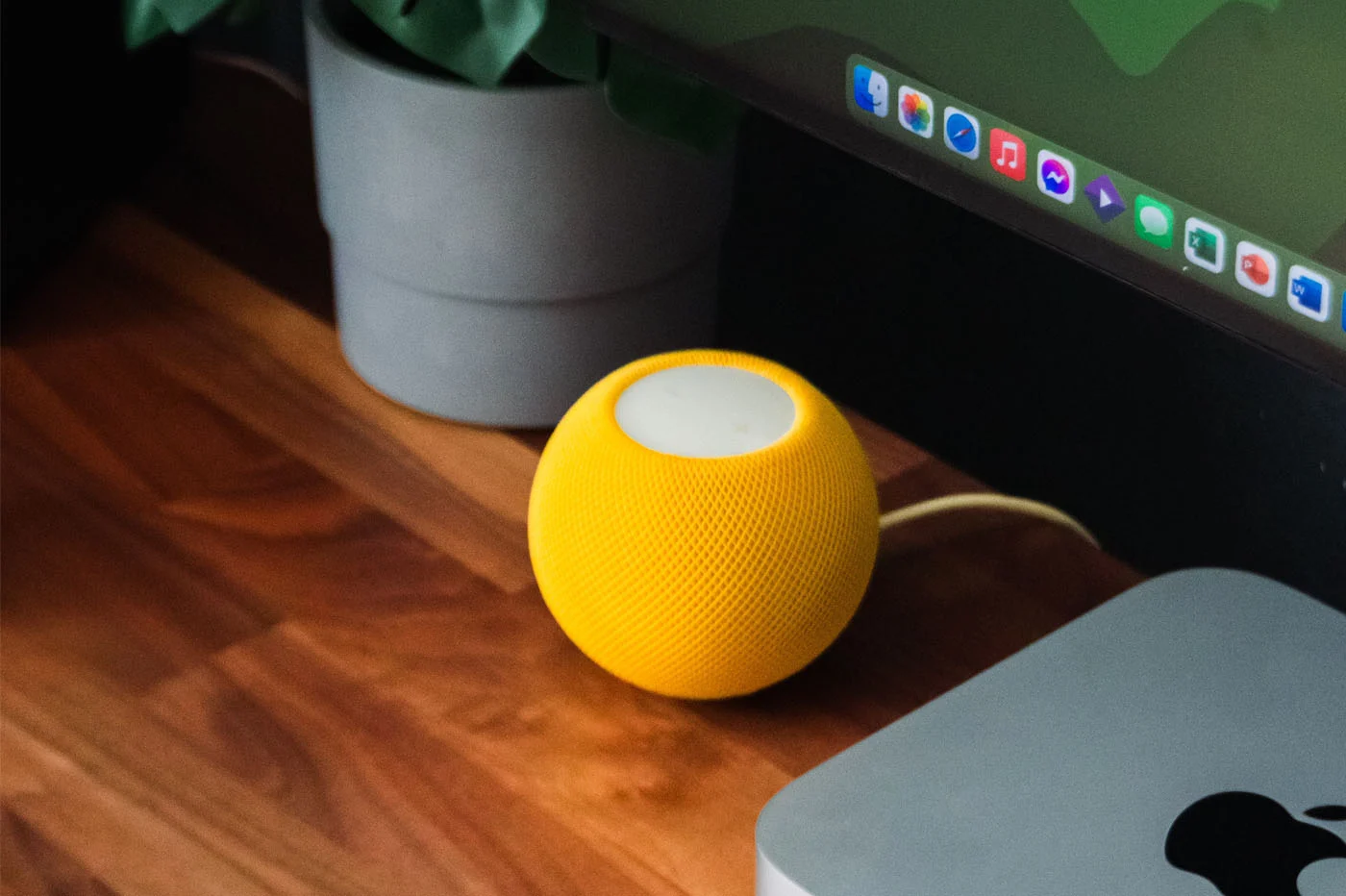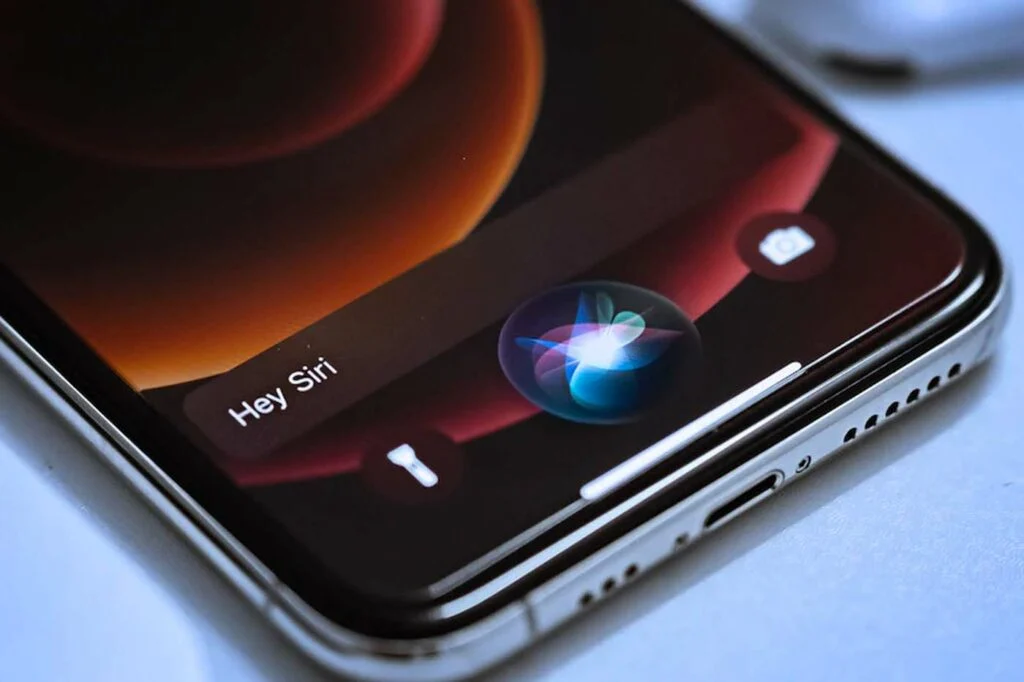Updated September 13, 2022:iOS 16 is available for everyone.
Version 16 of iOS was announced at the WWDC conference on June 6.
It has already entered the beta testing phase, to be delivered in final version to everyone in the fall, on the new iPhones (iPhone 14 and 14 Pro, probably). But old iPhones will also be able to benefit from it of course. Let's see together which iPhones support this major update of Apple's mobile operating system, iOS 16.
Which iPhones to support iOS 16?
Here is finally the list of iPhones supporting iOS 16:
- All iPhones of 2022
- iPhone SE (2022)
- iPhone 13 Pro et 13 Pro Max
- iPhone 13 and 13 mini
- iPhone 12 Pro et 12 Pro Max
- iPhone 12 and 12 mini
- iPhone SE (2020)
- iPhone 11 Pro et iPhone 11 Pro Max
- iPhone 11
- iPhone XS
- iPhone XS Max
- iPhone XR
- iPhone X
- iPhone 8
- iPhone 8 Plus
iOS version 15 could be installed onall iPhones since 2015 6s models. This is the same list of compatible devices as that of iOS 14 and iOS 13. In short, since iOS 13, Apple has not set aside any iPhone with its iOS updates. This is a point to emphasize, because the Californian firm is one of the manufacturers to support its mobile devices the longest.As we saw there, on average, an iPhone supports 4 or 5 major iOS updates. The iPhone 6s and 6s Plus supported iOS 9, iOS 10, iOS 11, iOS 12, iOS 13 and iOS 14. That makes 6 major iOS updates. It has already happened that an iPhone has now been for so long by Apple, the iPhone 5s for example (with iOS from 7 to 12).
However,never has an iPhone supported 7 software updates. In addition, the iPhone 6s and 6s Plus were equipped with an A9 chip and 2 GB of RAM.
iOS 16 being logically a little more demanding in terms of processor power, graphics and RAM than iOS 15, and already welcoming the excellent longevity of the iPhone 6s, it seems completely normal to us that the latter do not support iOS 16. The iPhone SE, released a few months after the iPhone 6s and 6s Plus, is also equipped with an A9 chip and 2 GB of RAM. It therefore follows the same fate as that of the 6s generation: no iOS 16 for it either. Finally, iPhone 7 and 7 Plus, despite their A10 Fusion chip, are also left out. They were released in 2016, the same year as the first iPhone SE, which still gives them a good longevity since iOS 10.
Note that there is no longer an iPod present in the lot, as Apple hasannounced the cessation of production of its iconic music playerin spring 2022.
Notice to owners of iPhone 6s, SE 2016 and 7, could the end of support for iOS 16 push you to upgrade to a more recent model?

i-nfo.fr - Official iPhon.fr app
By : Keleops AG
Editor-in-chief for iPhon.fr. Pierre is like Indiana Jones, looking for the lost iOS trick. Also a long-time Mac user, Apple devices hold no secrets for him. Contact: pierre[a]iphon.fr.






